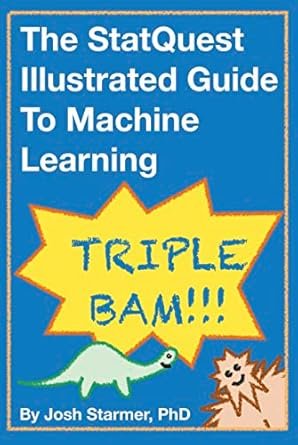- Stars:
- Pages: 544 Pages
- Time to Read: 16 hours
- Authors: Nassim Nicholas Taleb
- Type of Book: Self-Help Book
TL;DR
What is that it takes for a system to thrive from the extreme level of shocks, uncertainty, and volatility?
These factors shouldn’t break you; instead, one can adapt to more traits that are useful in the long run and can help one to drive effectively in the chaotic world. While reading the book, it will be very easy for users to run out of adjectives to describe the ways the author, Nassim Nicholas, has drafted the beautiful components of the book.
The book is filled with competitive arguments, stories, and the finest evidence that illustrates the facts. Moreover, the book is extremely beneficial to gain a practical perspective on how the world works in sectors including economics, daily life, and organizations.
What is the book about?
The book explicitly talks about antifragile concepts and sets out straight some very common strategies about “antifragile” by laying out simplified examples. “Antifragile” helps in diagnosing random events and making the most of them. The author emphasizes objects considering complex outlines and subjects like personal lives, business, etc.
Antifragile follows the outline of The Black Swan, the prequel. This book speaks volumes about how some systems benefit the most from disorders.
Some of the common notions that one can grab from the book are:
- Invest more in people
- Be a part of broad diversification.
- Look for variations and options.
- How disruption and entropy benefit from options
- Lack of intervention
- The more reason you think of to do something, the more you are trying to convince yourself to do it.
- Failure teaches you more than success does
Key Takeaways!
The best thing that you take away with yourself is how simple and enticing the book is. Taleb does an excellent job of dividing the world and those who belong to the world. This includes institutions, things, and people.
The author mentions how they don’t recognize anti-fragility that tends to blend with small variations. Here are the examples that he uses to explain the mechanism:
- Compare a freelancer with an office worker during the generic timeline. The biggest difference is how the paycheck varies for both of them. A professional receives a designated salary every month, whereas a freelancer has variable pay.
- When there is an anti-fragile economy, there is a chance for poor-performing companies to fail.
Worth the Read?
Antifragile is something you have never could think of. The whole idea of “Anti-fragile” takes quite some time to sink in. This is the thing with most self-help books, which, when you break down, speak about common sense.
Moreover, the author does a spectacular job of explaining the nitty-gritty of antifragility. He has put some excellent tools to achieve the prospect, and “optionality” is one of them.
With some useful ideas and practical tips, the author achieves the deal. The concept of antifragility is very rigid and helps users to accomplish the different mechanisms by putting themselves in the shoes of the reader. The message you wish to extract from the book yields you benefit in the long run.
Join to get sneak peek into what's happening
I write about books, experiences, product, UX, EdTech, early stage growth, validation – mostly tech. Subscribe if these topics interest you. Once every 15 days emailer. I promise – No spam. (I am known for it otherwise) 😉




